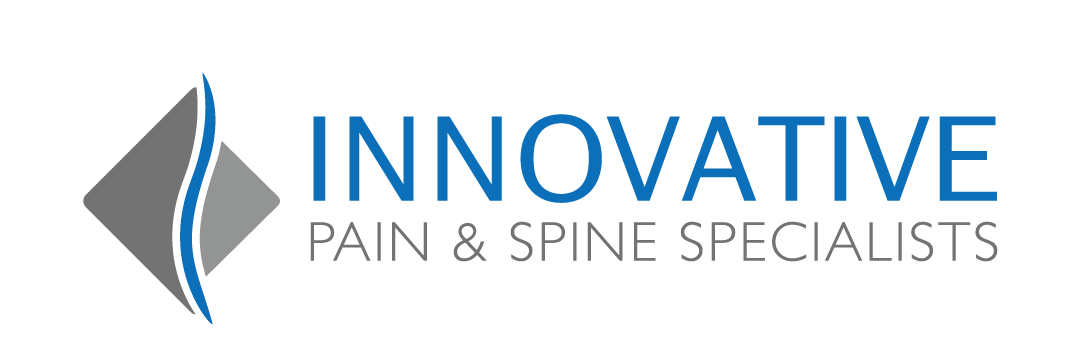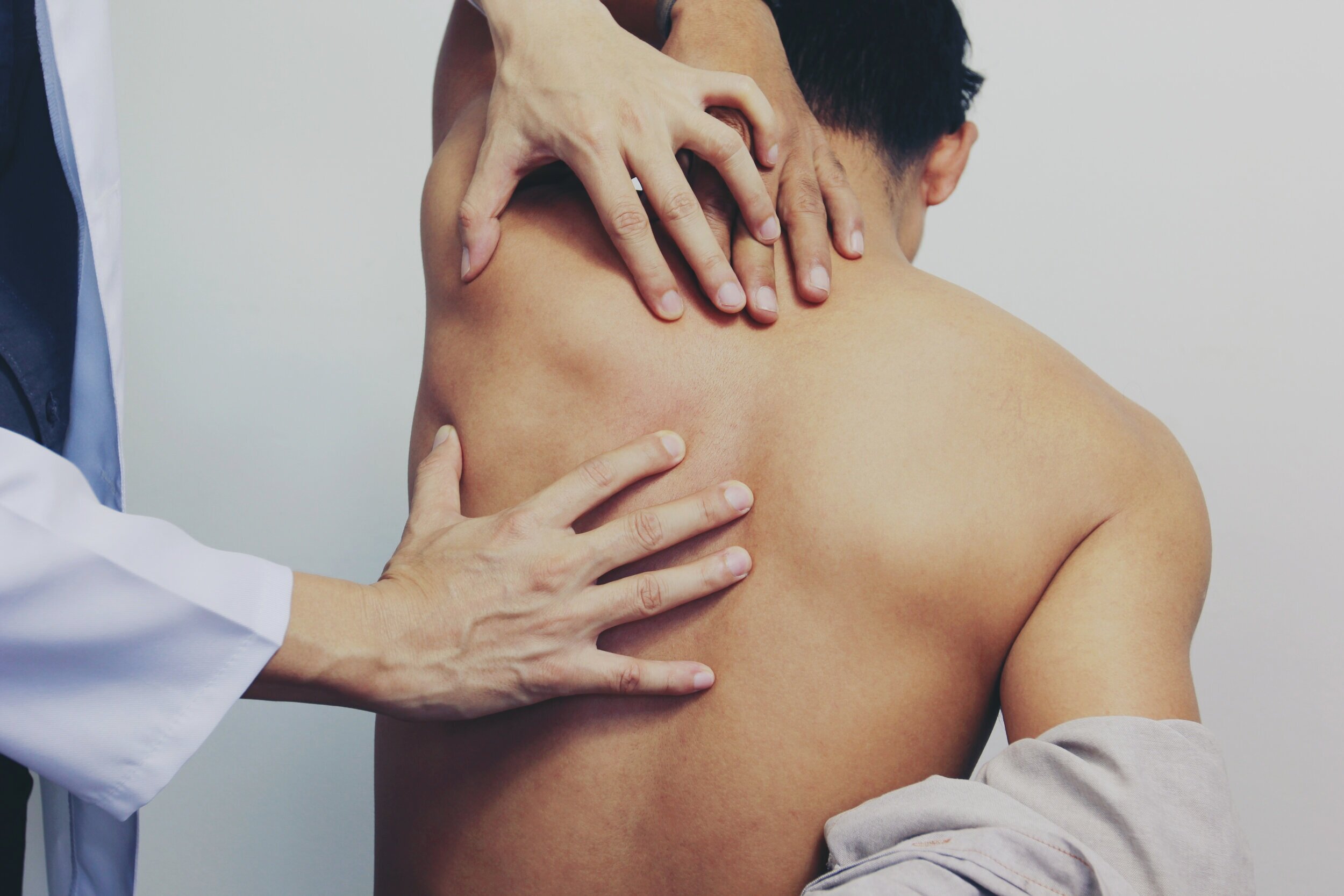Neck Pain
Every year, millions of people visit their doctors for a common problem: neck pain. This neck pain is usually diagnosed as cervicalgia.
Cervicalgia is basically a pain in the neck. That sounds simple, but there can be many potential causes. Part of the problem is that a person’s head weighs about 10 pounds, and the neck muscles have to keep the head erect all the time. The muscles are under constant strain, which can cause muscle fatigue and soreness. Add to this the damage that can occur to the muscles through sudden movements, and you have the makings of cervicalgia.
The pain of cervicalgia is localized, meaning that it does not radiate outward. Symptoms range in severity from just “stiff muscles” to the inability to turn your head because the pain is so severe, or the muscles are so tight. Some forms of cervicalgia are often referred to as “a catch” or “a crick” in the neck.
Neck pain symptoms
One of the symptoms of cervicalgia may be a sharp pain in the neck that suddenly appears when you make a sudden movement. This sharp pain goes away as you relax, and doesn’t return on a regular basis. You may instead have a pain that frequently occurs every time you turn your head or bend your neck. Alternatively, the discomfort may be no more than a sense of tightness in the neck, sometimes extending into the upper back. The area may be tender to the touch, making massaging very painful. These types of symptoms, as well as headaches and general stiffness in the neck, are characteristic of classic cervicalgia.
Neck pain treatment
Treatment for cervicalgia varies according to the symptoms and suspected cause. If you have been in a situation in which you could have received actual physical damage, such as a torn muscle, you should see a doctor immediately. He or she may prescribe anti-inflammatories and painkillers. He or she may also require that you wear a cervical collar to support your head, giving your neck muscles a chance to rest and heal. Note that it is important to get examined to rule out other possible, more serious conditions.
If you don’t think your neck pain is due to an injury, but rather to stress, you can take measures at home to ease the pain. The first thing to do is take some sort of over-the-counter anti-inflammatory drug that will reduce swelling in the area. It will also alleviate much of the pain, which helps the muscles to relax. A heating pad will help, too, but if you suspect an actual injury, apply ice instead.
Besides sudden, identifiable injury or overall stress, there are other causes of cervicalgia. One very common one is Kyphosis, or cervical posture syndrome. This is a posture that you see in many athletes such as cyclists, baseball catchers, and bodybuilders. The typical posture is with shoulders rounded forward, the scapula, or shoulder blades, poking out away from the spine, and the chin poking forward. This is caused in athletes by continuous posture that promotes those positions, as with the cyclist and catcher. With bodybuilders and other weight-associated sports, the chest muscles are much stronger than the back muscles, pulling the body forward into the described position. The pain caused by kyphosis usually gets better once you start moving around. It does seem to get worse if you are in a standing or sitting position for a long time. Some symptoms are a burning and aching sensation in the upper back and neck. In the case of kyphosis, massage and stretching will help to relax the muscles in the upper chest and neck, and strengthening muscles in the upper back will help rebalance the body.
Workplace ergonomics can also cause cervicalgia. Ergonomics is the study of optimization of the human environment to help humans function better. Most commonly, the studies are based on the effects of the person’s desk and chair on their bodies. If you spend a lot of time at your desk at work or at home, there are some precautions you can take to prevent cervicalgia. Without the proper setup, you can easily develop cervicalgia. Make sure your chair supports your lower back. Your feet should be flat on the floor, with your knees bent at a right angle. Adjust the arm rests of your chair so that as you rest your elbows on the chair, your forearms rest on the desktop. If your desk is too high, you may need a footrest to sit comfortably.
You may be suffering from tight muscles in your neck and upper back. As the muscles tighten, they can’t circulate as much blood throughout. This causes the muscles to run out of nutrients, which makes them weaken and tighten even further. These tight muscles can be caused by kyphosis, poor ergonomics in the workplace, scoliosis, and bad posture. Another cause may be poor or incomplete stretching after training sessions. Once the muscles are loosened up and warm from workouts, if not stretched properly and cooled off, they will draw up and tighten.
Tears to the neck muscles can cause them to tighten. These can be caused by sports injuries or accidents. Often, the microscopic tears that cause inflammation and sore muscles will heal on their own. Usually, these are called a neck strain, and the tears occur most often in the trapezius and levator scapulae muscles. This kind of injury can also be called whiplash.
Regardless of the cause of your cervicalgia, it can be ongoing and persistent. If your discomfort does not go away with rest, anti-inflammatory medication, and alternating hot and cold packs, you need to see a doctor or a pain medicine provider, especially if you suspect you may have had an injury within a few weeks of the onset of your cervicalgia. Innovative Pain & Spine Specialists in Lincoln and Omaha, Nebraska can assess your condition and provide a treatment plan to relieve your neck pain.












